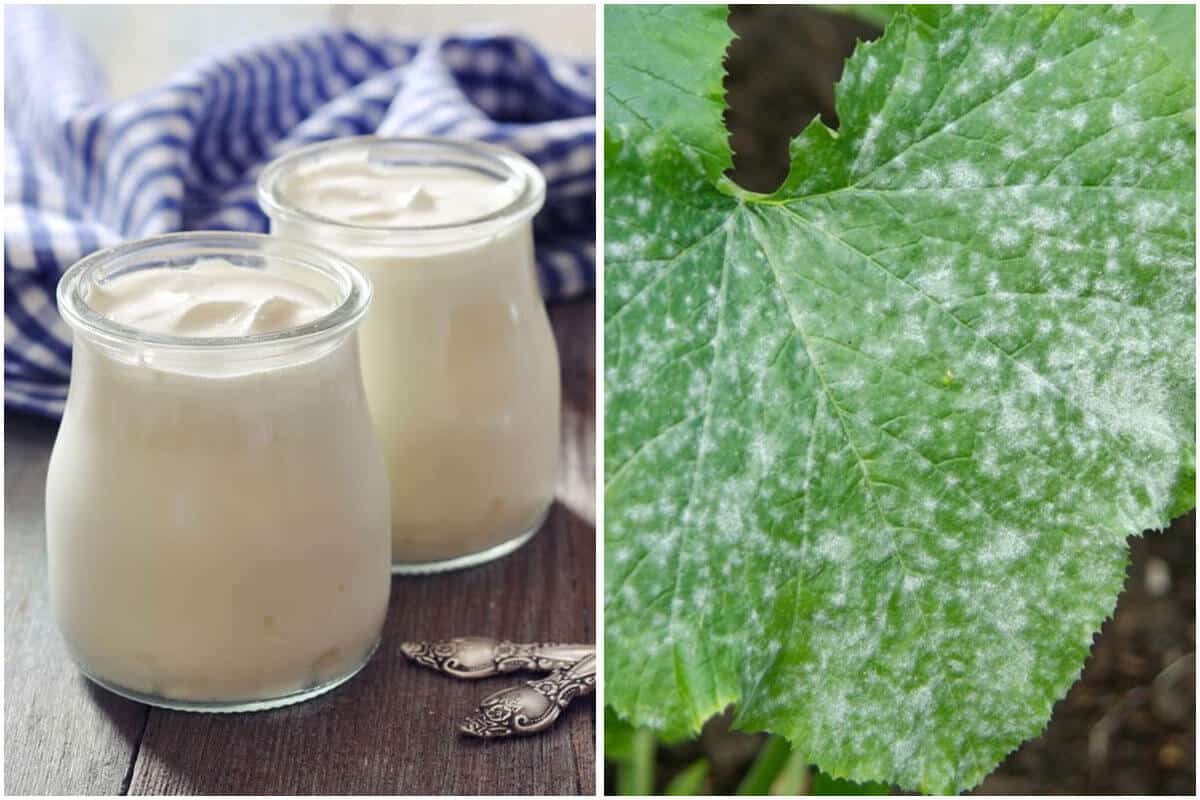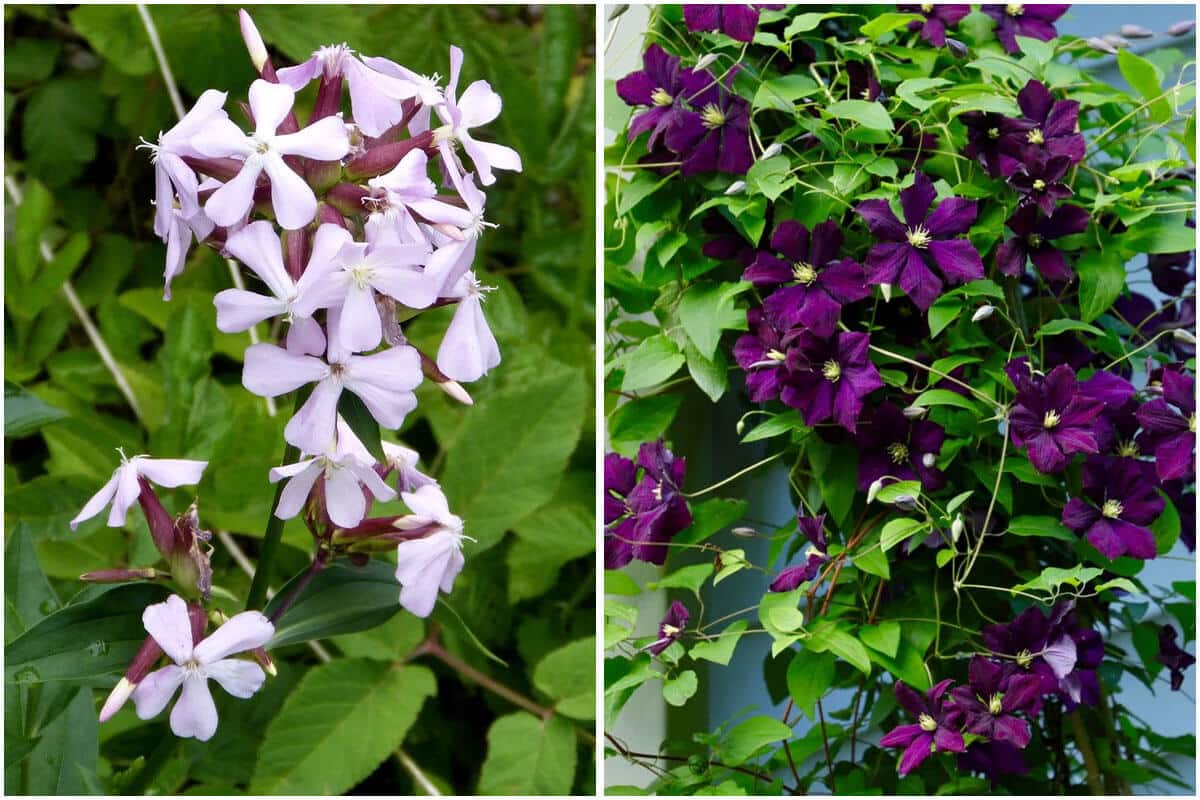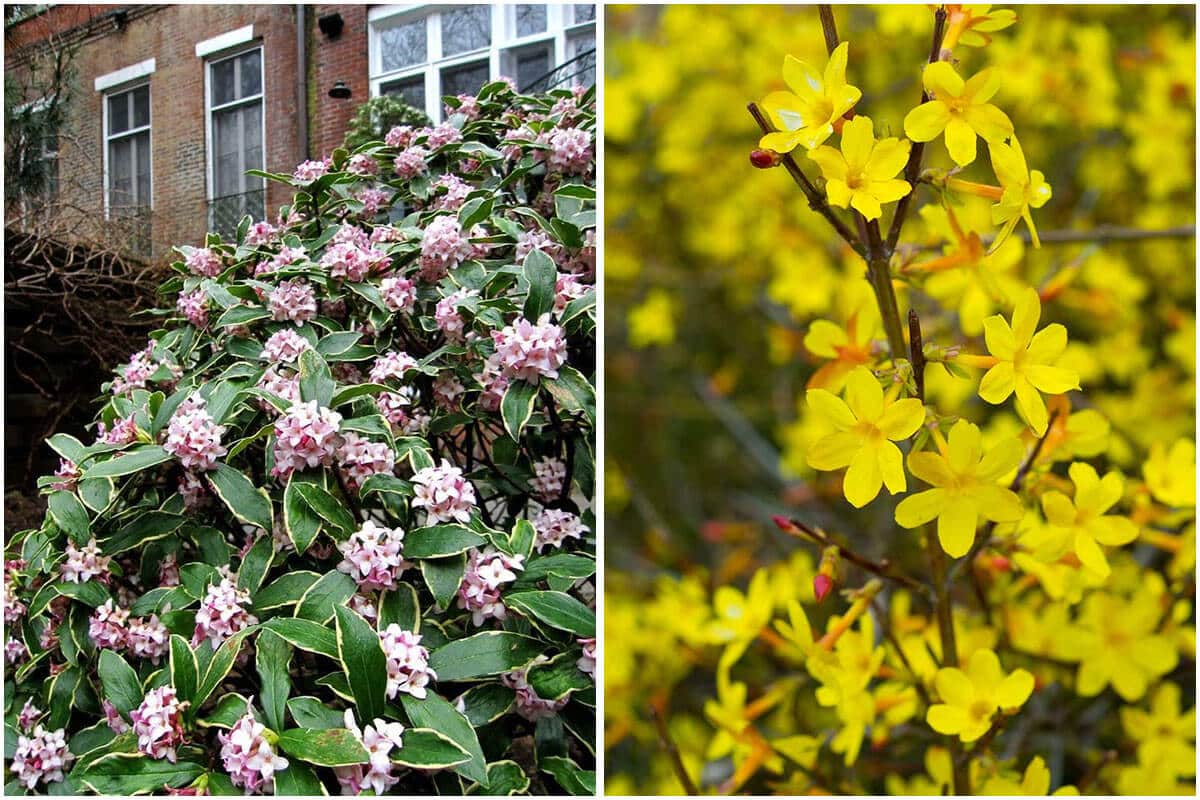If you are looking for plants to grow for your fence, hedge, or privacy screen, the list today includes great options. Apart from making fresh space in a short time, they also bring some problems you will have to deal with. And to know about them, keep reading to learn the 12 Invasive Plants You Should Consider Before Growing Them In The Garden today. They can bring both benefits and harms for each the people purpose.
Not like other plants, invasive plants cause harm to the environment and local ecosystems by outcompeting native plants and decreasing overall biodiversity. They are able to spread far and wide although they are exotic plants and maybe beautiful. Also, they reproduce quickly, adapt to a wide range of environmental conditions, and can even alter their growth habits to better suit the new location. After reading the post, we hope you will find fit plants to grow in your properties.
#1 Japanese Barberry
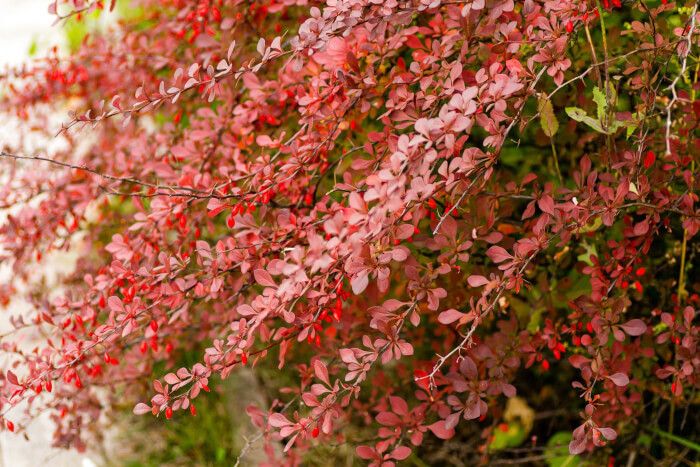
This plant is a small, thorny, deciduous shrub that produces paddle-shaped leaves, often used as a hedge in landscaping. It comes in numerous cultivars with red, orange, purple, yellow, and variegated hues.
#2 Japanese Honeysuckle
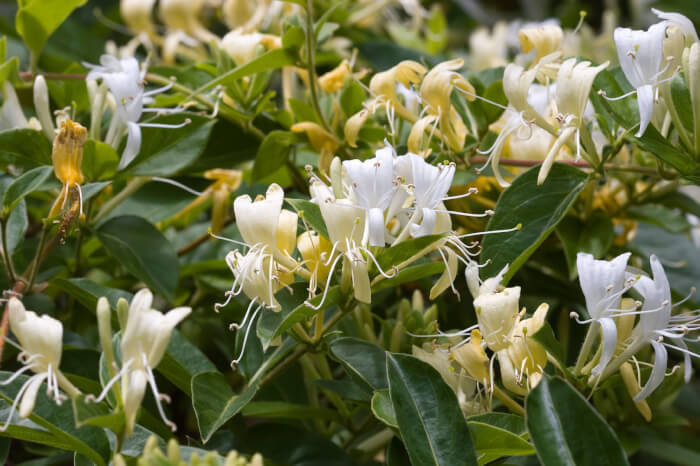
The plant is a fragrant twining vine that offers white to yellow tubular flowers. It is an extremely aggressive spreader, creeping in dense mats along the ground and shading out everything that happens to grow below it.
#3 English Ivy
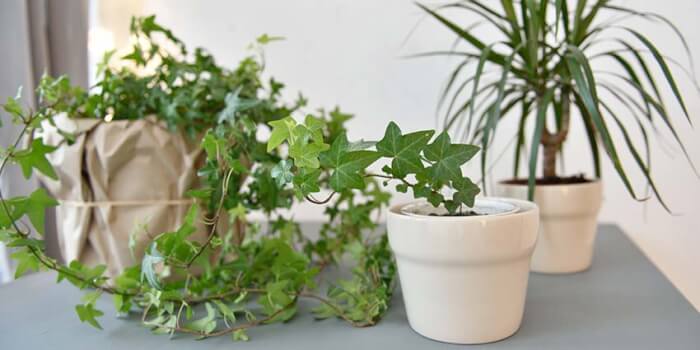
English Ivy is grown as a climbing vine and ground cover. It grows quickly and aggressively along the ground, choking out native vegetation. The plant is drought tolerant and adaptable to heavy shade.
#4 Autumn Olive

Autumn Olive is an attractive sprawling shrub with thorny stems and silvery green elliptical leaves. You can grow this shrub for its many positive attributes, including erosion control, as a windbreak, and edible fruits. However, it spread quickly and form dense, impenetrable thickets.
#5 Burning Bush

Burning Bush is a spreading deciduous shrub with leaves that turn a vibrant scarlet hue in autumn. It is able to spread far and wide because birds and other wildlife disperse seeds from eating the berries it produces.
#6 Border Privet
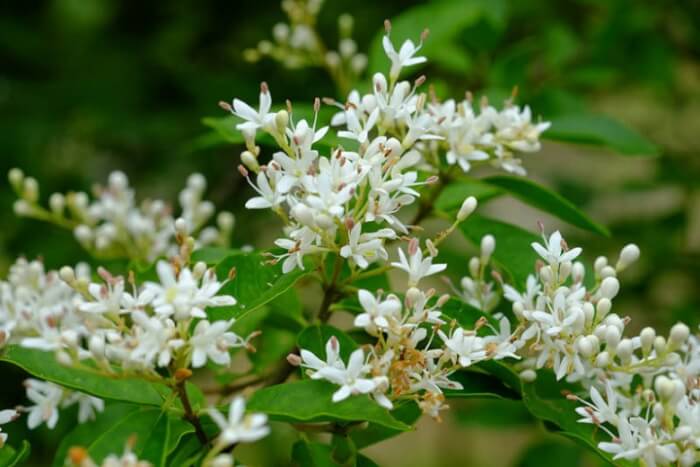
You can grow the Border Privet for a hedge and privacy screen. However, it will form dense thickets that crowd out native species.
#7 Chinese Wisteria

While Wisteria produces blooms with drooping clusters of bluish-purple flowers that make it looks absolutely stunning growing up walls and other structures. But its vines will become heavy and quite massive making their way into cracks and crevices, damaging the façades of homes, garages, and sheds.
#8 Golden Bamboo
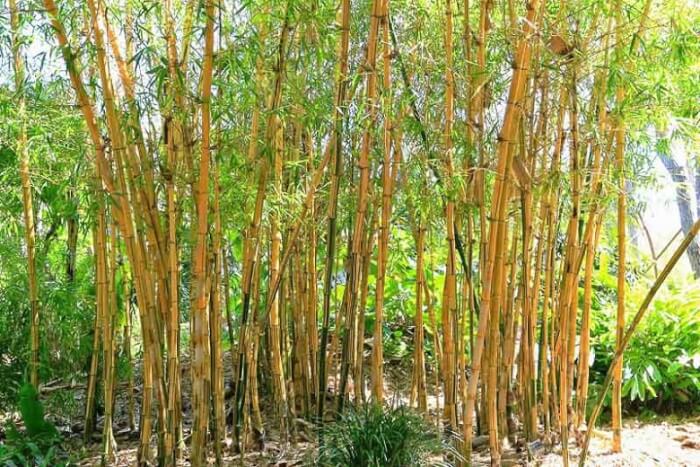
Golden bamboo is a vigorous, fast-growing evergreen and is frequently used as a hedge or privacy screen. Once golden bamboo is planted at a site, it is very difficult to remove.
#9 Butterfly Bush
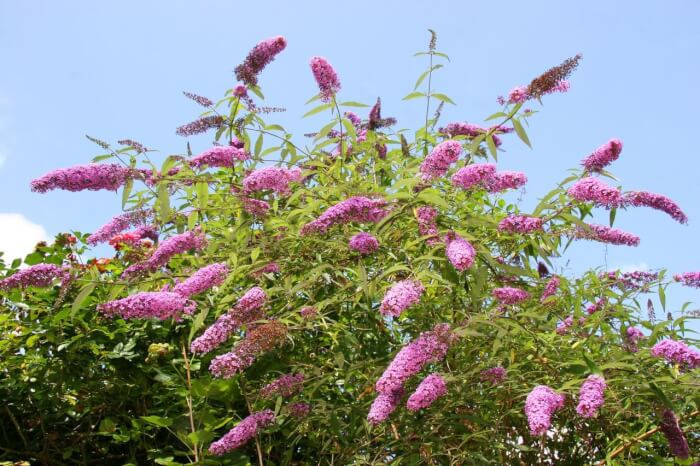
While butterfly bush produces fragrant and showy arching panicles with densely clustered tiny flowers, it can spread aggressively by dispersing by the wind. This shrub provides a source of nectar for pollinators, it is actually detrimental to butterflies.
#10 Maiden Silvergrass

Maiden Silvergrass is a clump-forming plant that provides color and texture in every season. However, it is also highly flammable and increases the fire risk of any area it invades.
#11 Winter Creeper

Winter Creeper is a winter creeper and can be grown for mounding shrub, hedge, climbing vine, or creeping ground cover. It vigorously spreads across the ground, it chokes out low-growing plants and seedlings.
#12 Norway Maple

Norway Maple is an easy-to-grow plant that can be tolerant of drought, heat, air pollution, and a wide range of soils. It is a fast grower with its shallow root system and large canopy. This also leads to block sunlight and starving plants for moisture overwhelms the habitat and creates forest monocultures.



